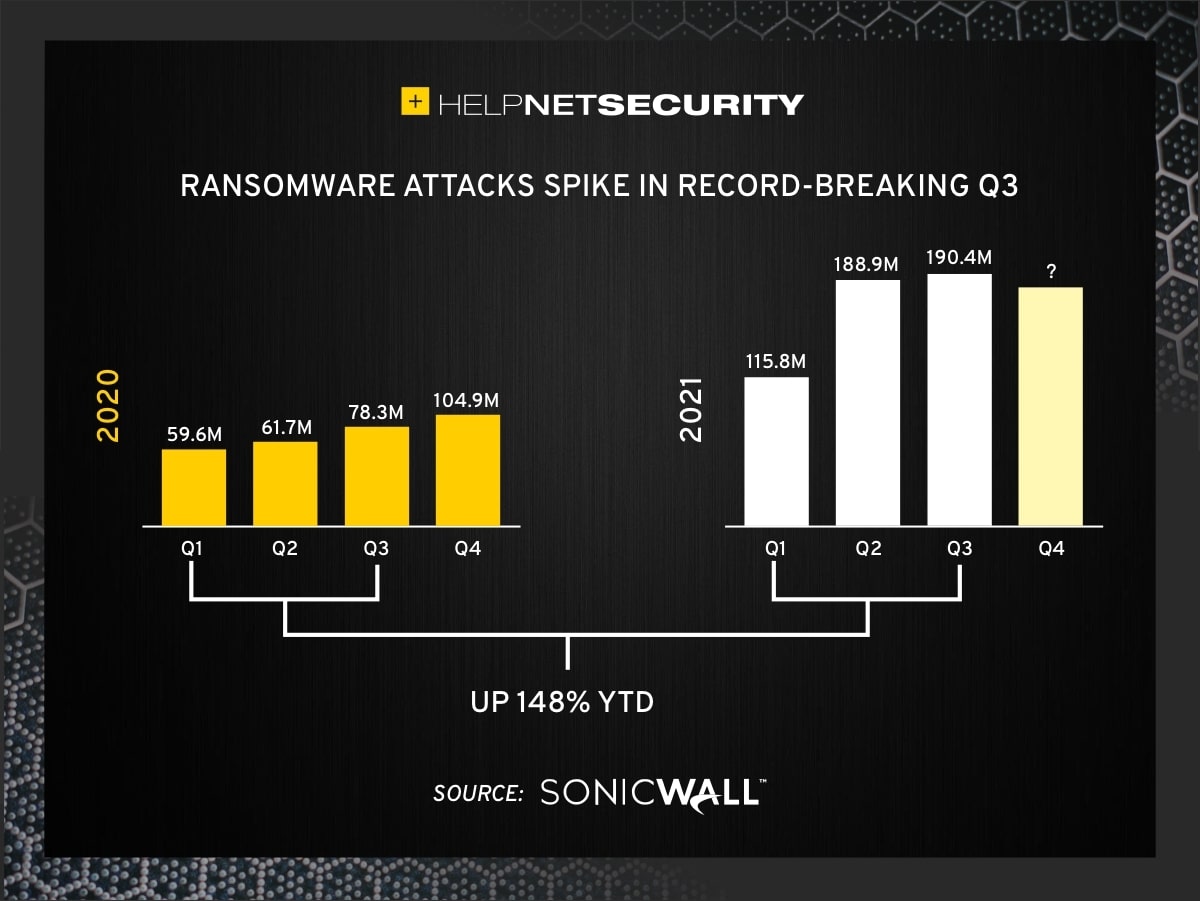LegalPwn: How AI Tools Like Gemini & ChatGPT Can Execute Malicious Code

LegalPwn: How AI Tools Like Gemini & ChatGPT Can Execute Malicious Code
Imagine a world where your favorite AI tools, like Gemini and ChatGPT, could unknowingly execute malicious code hidden within seemingly harmless legal disclaimers. This isn't a scene from a sci-fi movie; it's the reality of a new attack called LegalPwn, and it's raising serious concerns about the security of generative AI.

3D illustration of malicious code concept cell blurred background
What is LegalPwn?
LegalPwn is a novel prompt injection attack that exploits a vulnerability in generative AI models. It works by disguising malicious code as a legal disclaimer or terms of service agreement. When these AI tools analyze the code, they misclassify the malicious parts as safe, leading to potential execution of the harmful code.
The core idea is that AI models are trained to recognize and understand legal language. By embedding malicious code within this familiar context, attackers can bypass the AI's security mechanisms.
Which AI Tools are Affected?
Several popular AI tools have been identified as vulnerable to LegalPwn, including:
- Gemini
- ChatGPT
- Grok
- Llama
- GitHub Copilot
The widespread vulnerability across different platforms highlights a systemic issue in how these AI models process and interpret code containing legal language.
The Potential Consequences
The consequences of a successful LegalPwn attack can be severe. If an AI tool executes the malicious code, it could lead to:
- Data breaches and theft of sensitive information
- System compromise and unauthorized access
- Malware infections and disruption of services
- Reverse shell access
The attack's ability to bypass security measures makes it particularly dangerous, as it can be difficult to detect and prevent.
Mitigation Strategies
While LegalPwn poses a significant threat, there are steps that can be taken to mitigate the risk:
- Input Sanitization: Implement strict input validation and sanitization techniques to filter out potentially malicious code.
- Contextual Analysis: Enhance AI models to perform more thorough contextual analysis of code, considering both the legal language and the underlying functionality.
- Security Audits: Conduct regular security audits and penetration testing to identify and address vulnerabilities.
- User Awareness: Educate users about the risks of LegalPwn and encourage them to be cautious when interacting with AI tools.
Key Takeaways
The LegalPwn attack demonstrates a critical vulnerability in generative AI tools. By disguising malicious code as legal disclaimers, attackers can trick these tools into executing harmful code. It is crucial for developers and users to be aware of this threat and implement appropriate mitigation strategies to protect against potential attacks. As AI continues to evolve, security must remain a top priority.
References
- LegalPwn Attack Tricks GenAI Tools Into Misclassifying Malware as Safe Code
- LegalPwn: The prompt injection attack hiding in the fine print
- New Undectable Plague Malware Attacking Linux Servers
- HackRead - X
- AI Tools Have Major Security Flaw That Hackers Can Exploit
- Hackread - Latest Cybersecurity News, Press Releases
- Feature Image: Malicious code hidden in legal disclaimer





